Rising Demand for Oil and Gas
The Mud Pumps Market is experiencing a notable surge in demand driven by the increasing exploration and production activities in the oil and gas sector. As energy consumption continues to rise, companies are investing heavily in drilling operations to meet the growing needs. According to recent data, the oil and gas industry is projected to witness a compound annual growth rate of approximately 5% over the next few years. This growth is likely to propel the demand for mud pumps, which are essential for maintaining the circulation of drilling fluids during the drilling process. Consequently, the Mud Pumps Market is expected to expand significantly as operators seek efficient and reliable pumping solutions to enhance their drilling operations.
Growing Environmental Regulations
The Mud Pumps Market is also influenced by the increasing stringency of environmental regulations. As governments worldwide implement stricter environmental policies, drilling companies are compelled to adopt cleaner and more efficient technologies. This shift is leading to a greater emphasis on the use of advanced mud pumps that minimize environmental impact while maintaining operational efficiency. Companies are now focusing on eco-friendly drilling fluids and systems that comply with regulatory standards, which in turn drives the demand for innovative mud pump solutions. The Mud Pumps Market is likely to see growth as manufacturers develop products that align with these environmental requirements, ensuring compliance and sustainability.
Expansion of Renewable Energy Projects
The Mud Pumps Market is witnessing a shift as the expansion of renewable energy projects gains momentum. With the global push towards sustainable energy sources, there is an increasing need for drilling activities related to geothermal energy and other renewable resources. This trend is likely to create new opportunities for mud pump manufacturers as they adapt their products to meet the specific requirements of renewable energy projects. The growth of the renewable energy sector is projected to increase the demand for specialized mud pumps, thereby contributing to the overall expansion of the Mud Pumps Market. As companies diversify their portfolios to include renewable energy, the relevance of mud pumps in these projects becomes increasingly apparent.
Technological Innovations in Mud Pumps
Technological advancements are playing a pivotal role in shaping the Mud Pumps Market. Innovations such as the development of high-pressure mud pumps and automated systems are enhancing the efficiency and reliability of drilling operations. These advancements not only improve performance but also reduce operational costs, making them attractive to drilling companies. The introduction of smart mud pumps equipped with IoT capabilities allows for real-time monitoring and predictive maintenance, which can lead to increased uptime and reduced downtime. As these technologies continue to evolve, they are likely to drive the Mud Pumps Market forward, as companies seek to leverage these innovations to optimize their drilling processes.
Increased Investment in Infrastructure Development
The Mud Pumps Market is benefiting from increased investments in infrastructure development across various sectors, including construction and mining. As countries focus on enhancing their infrastructure, the demand for drilling activities rises, subsequently boosting the need for mud pumps. For instance, the construction of roads, bridges, and tunnels often requires extensive drilling, which in turn necessitates the use of efficient mud pumps. Recent reports indicate that infrastructure spending is expected to grow at a rate of 6% annually, further stimulating the Mud Pumps Market. This trend suggests a robust future for mud pump manufacturers as they cater to the rising demand stemming from infrastructure projects.
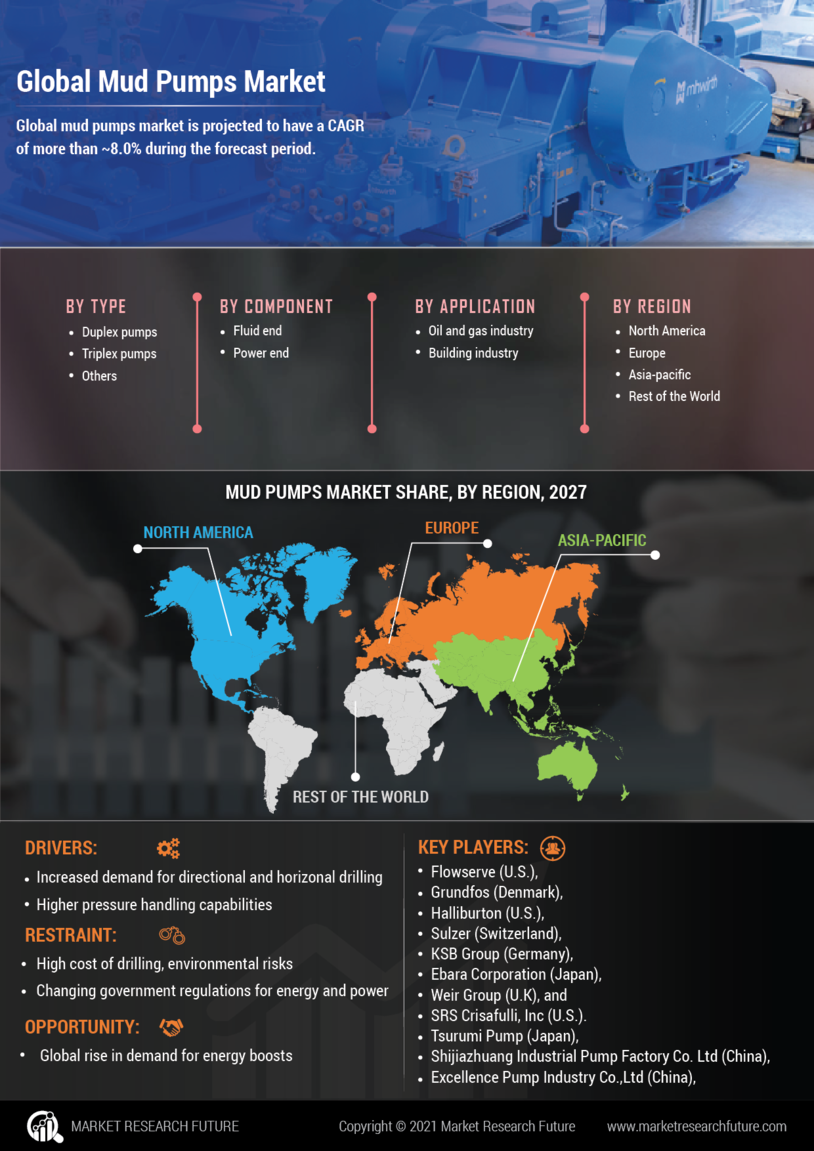

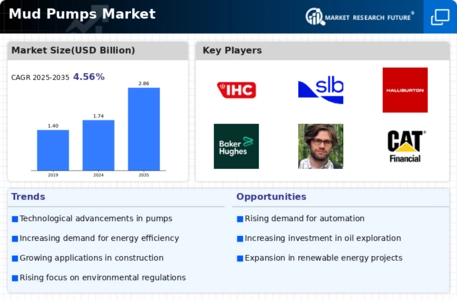
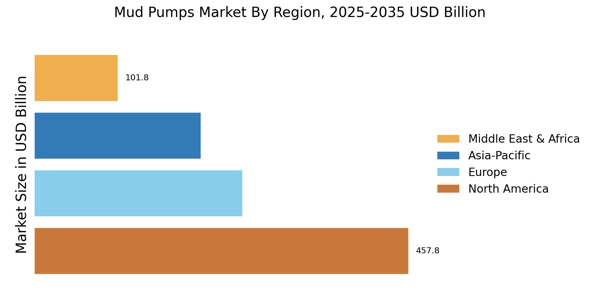


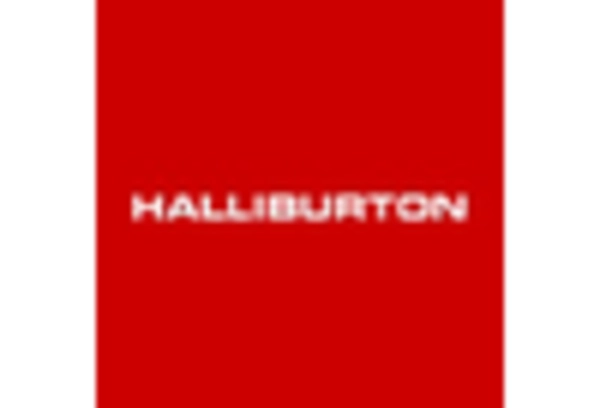
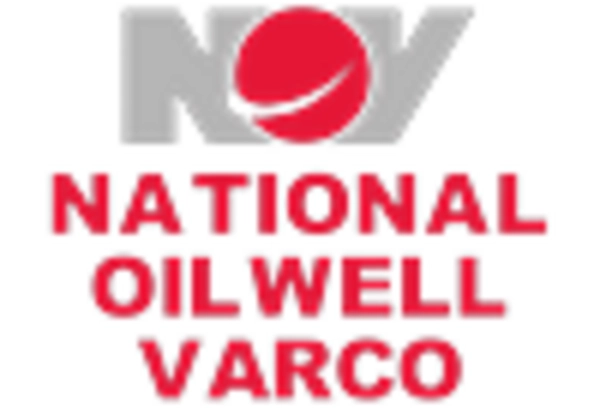
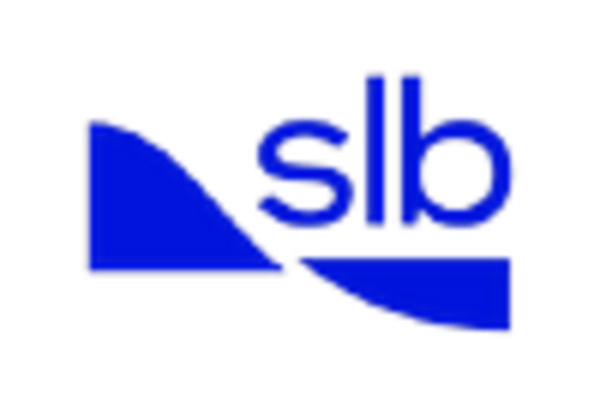









Leave a Comment